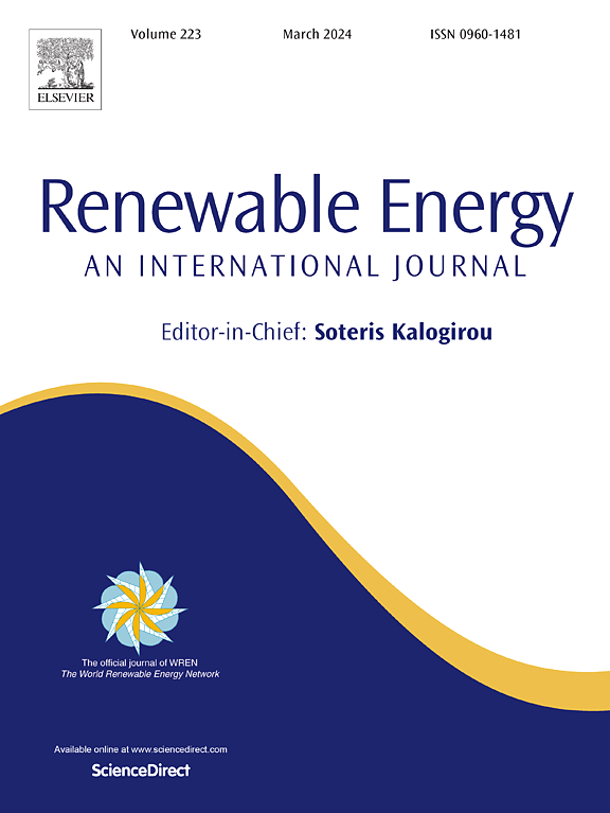
Authors From Afeka: Gur Mittelman
Abstract
Solar photovoltaic power generation is a mature and competitive technology, but its high land area requirements conflict with other uses of available land. Agrivoltaics (APV) allows dual use of land, with photovoltaic panels installed over agricultural crops. However, the panels block a significant portion of the solar radiation, leading in many cases to a severe reduction in growth and productivity of the agricultural crop. Here, we present a novel type of collector to resolve this competition between electricity and crop yields by spectral splitting of the incident direct radiation using simple planar components. Photosynthetically active radiation (PAR) is transmitted to the crop while near-infrared radiation (NIR) is directed to the PV panels. The annual optical and electrical performance of a large-scale agrivoltaic field with these spectrum-splitting collectors is investigated in detail. The study is conducted using a computational model that includes optics, heat transfer, and electrical conversion. The reliability of the model was validated using experimental data obtained from a small-scale experimental setup. Results show that the electricity production per unit land area of the spectrum-splitting collectors can be similar to that of conventional APV fields and may reach even higher value by about 20% with optimized spectral splitters. According to the simulations, the loss of PAR on the ground due to the collectors may be significantly reduced, reaching only 10% compared to 21% in a conventional APV field.


Optical and electrical performance of an agrivoltaic field with spectral beam splitting
Share a link using:
https://www.afeka.ac.il/en/industry-relations/research-authority/optical-and-electrical-performance-of-an-agrivoltaic-field-with-spectral-beam-splitting/WhatsApp
Facebook
Twitter
Email
https://www.afeka.ac.il/en/industry-relations/research-authority/optical-and-electrical-performance-of-an-agrivoltaic-field-with-spectral-beam-splitting/